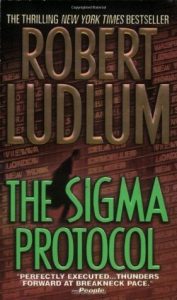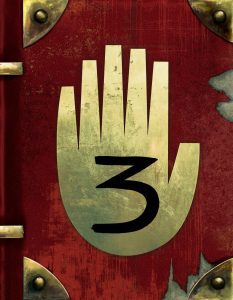Title: Guns, Germs, and Steel: The Fates of Human Societies
Author: Jared Diamond
First published May 9, 1997
498 pages, Paperback
ISBN: 9780739467350 (ISBN10: 0739467352)
Rating: 4.04
Overview
Jared Diamond’s Guns, Germs, and Steel: The Fates of Human Societies is a groundbreaking exploration of the rise of civilization and its global impact. In this Pulitzer Prize-winning book, Diamond debunks notions of racial superiority and instead shows how geographical and environmental factors have shaped our world.
From the development of agriculture to the spread of germs and the creation of potent weapons, Diamond compellingly argues that societies with a head start in food production had a significant advantage in advancing beyond the hunter-gatherer stage. This eye-opening book provides an artful, informative, and delightful read that chronicles how the modern world came to be and challenges our understanding of human history.
About the Author
Jared Mason Diamond is a multi-talented American individual, with expertise in geography, history, ornithology, and writing. He has authored several renowned popular science books such as The Third Chimpanzee, Guns, Germs, and Steel, Collapse, The World Until Yesterday, and Upheaval.
Currently, he holds the position of Professor of Geography at UCLA and has been honored with memberships to prestigious organizations such as the National Academy of Sciences, the American Academy of Arts and Sciences, and the American Philosophical Society.
Editoral Review
In his groundbreaking book Guns, Germs, and Steel: The Fates of Human Societies, Jared Diamond challenges traditional historical narratives by exploring how geography, biology, and technology have shaped human development. First published in 1997, Diamond’s work has become a classic of popular science, offering a bold and provocative perspective on the forces that have determined the rise and fall of civilizations across the globe.
Diamond, a professor of geography and physiology at the University of California, Los Angeles, draws on a vast range of scholarship, from archaeology and genetics to linguistics and ecology, to build his argument. The book is part historical survey, part scientific inquiry, and part philosophical meditation, weaving together a rich tapestry of evidence and analysis to explore the roots of human inequality and diversity.
At its core, Guns, Germs, and Steel is a book about the power of geography. Diamond argues that the different rates of human development across the world can be explained by environmental factors such as access to fertile land, domesticable animals, and navigable waterways.
These factors, in turn, led to differences in the development of food production, technology, and political organization, which shaped the course of history. Diamond takes the reader on a sweeping journey through time and space, from the evolution of human beings in Africa to the colonization of the Americas.
He explores the rise of societies such as China and Europe, tracing how they developed the ability to conquer and dominate other peoples, and how they in turn were shaped by the intertwining forces of environment and culture. Diamond’s book is not always an easy read.
It is long, dense, and at times technical, as Diamond lays out his complex argument and navigates the thorny terrain of history and science. Some readers may find themselves lost in the details, or skeptical of Diamond’s sweeping claims.
Yet for those who are willing to take the time to engage with Diamond’s argument, Guns, Germs, and Steel offers a deeply rewarding experience. Diamond’s writing is clear and compelling, and his ability to synthesize a dizzying array of evidence is impressive.
He allows us to see the world in a new way, to question our assumptions about human nature and the course of history. One of the book’s strengths is its engagement with issues of race, ethnicity, and identity.
Diamond’s argument challenges the notion that certain peoples or cultures are inherently superior or inferior, and shows how history is the product of complex, contingent factors that are often beyond our control. However, there are also some weaknesses to the book.
Diamond’s analysis sometimes overlooks important cultural and historical factors, and he has been criticized for oversimplifying the complex webs of human interaction that have shaped world history. Additionally, some readers may be put off by his sometimes reductionist approach, which can lead to a sense of determinism and fatalism.
Despite these limitations, Guns, Germs, and Steel remains an important and influential work of popular science. It offers a powerful analysis of the forces that have shaped human history, and it challenges us to rethink our assumptions about the world around us.
For anyone interested in the big questions of how we got here and where we’re going, this book is an essential read.



